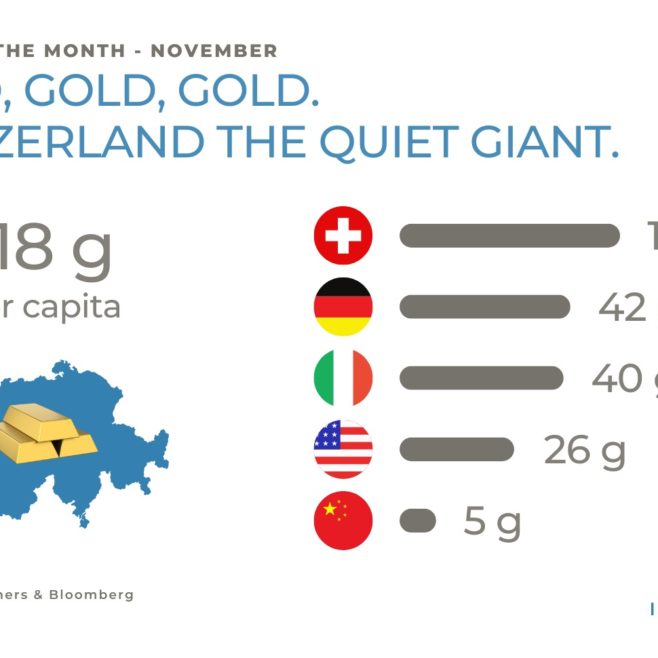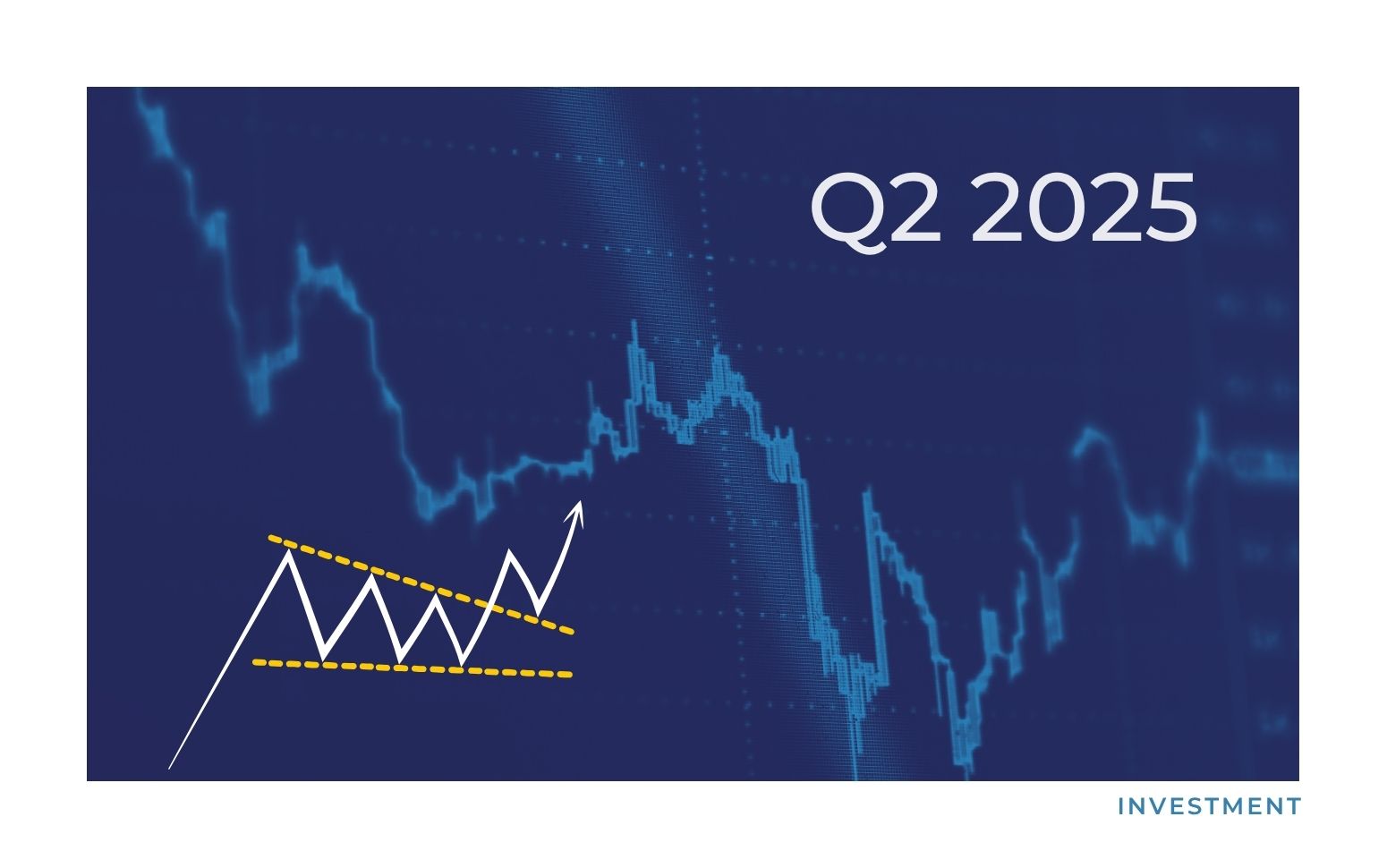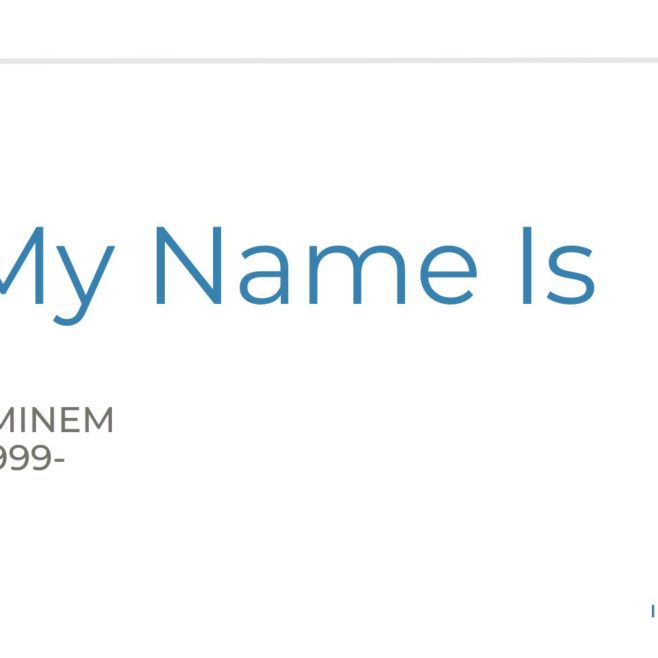
Quarterly Investment Review – Q2 2025

We’re running roughly a 7% fiscal gap and probably a 3% gap is what’s sustainable. The further you drift from that, the closer you get to the point where it becomes uncontrollable. It’s a job I don’t want, but it’s a job that needs to be done.
Warren Buffett on DOGE & the US deficit in his final Berkshire meeting
The US no longer represents a rock such as anchored the West for so many decades, but more like sand, shifting underfoot.
Max Hastings
Quarterly Investment Review – Q2 2025
The second quarter of 2025 started in dramatic fashion with the announcement by President Trump of his tariff proposals, described by him as Liberation Day. This precipitated the largest three-day decline in the S&P since the 1987 crash, leading to the temporary easing and suspension of the tariffs till July 8th while further negotiations take place. The quarter ended equally dramatically with the US engaging in the first official military action against Iran since 1979, when the Shah was deposed. The scale of the tariffs was shocking with countries facing double, treble or more of what they had expected, and the announcement was delivered with unusually undiplomatic aggression. At the end of May Elon Musk, who had led the cost cutting DOGE initiative, departed having fallen far short of the original targets set in the post-election euphoria. However, despite all these upheavals, by the end of the quarter most stock markets had advanced, and bond yields were barely changed. The only significant impact was on the dollar which fell by 10.7%, recording the worst first six months start to the year since 1973. Gold rose by 6%, and bitcoin by 30%. So, despite the chaotic political and military news flow financial markets enjoyed a good quarter.
The final level of US tariffs is still unknown, but on current indications the likelihood is that they will settle around 14-15%, a far higher amount than has prevailed for decades, but lower than threatened in early April. At one point Trump imposed a 145% rate on China. For comparison the effective tariff rate was 2.4% last year. It hasn’t been clear whether the primary purpose of these tariffs is to raise revenue or encourage industries to reshore, but their inflationary potential and the uncertainty that they cause for many industries has caused considerable alarm for businesses. Politically though they have worked for Trump. They exhibit a clear preference for labour over capital, making them popular in the swing states which secured his election victory last November, and given the electoral importance of these states these policies are likely to be durable. Yet with China Trump appears to have overplayed his hand. China depends on little from the US beyond semi-conductors, and even here the technological gap is closing, whereas the US imports hundreds of products from China, many of them of critical importance, hence the enormous trade deficit. Even the US defence industry depends on Chinese-processed rare earths to keep going. With so many American businesses dependent on Chinese supply chains the US was forced to back down from its initial position. By contrast, China is well prepared for this trade war having been adjusting to American aggression on trade policy since 2017. Given how intertwined the two economies have become after thirty years of integration, a face-saving resolution is in both sides interest.
Click HERE to download the full document.
Past performance is not indicative of future results. The views, strategies and financial instruments described in this document may not be suitable for all investors. Opinions expressed are current opinions as of date(s) appearing in this material only. References to market or composite indices, benchmarks or other measures of relative market performance over a specified period of time are provided for your information only. NS Partners provides no warranty and makes no representation of any kind whatsoever regarding the accuracy and completeness of any data, including financial market data, quotes, research notes or other financial instrument referred to in this document. This document does not constitute an offer or solicitation to any person in any jurisdiction in which such offer or solicitation is not authorized or to any person to whom it would be unlawful to make such offer or solicitation. Any reference in this document to specific securities and issuers are for illustrative purposes only, and should not be interpreted as recommendations to purchase or sell those securities. References in this document to investment funds that have not been registered with the FINMA cannot be distributed in or from Switzerland except to certain categories of eligible investors. Some of the entities of the NS Partners Group or its clients may hold a position in the financial instruments of any issuer discussed herein, or act as advisor to any such issuer. Additional information is available on request. © NS Partners Group





